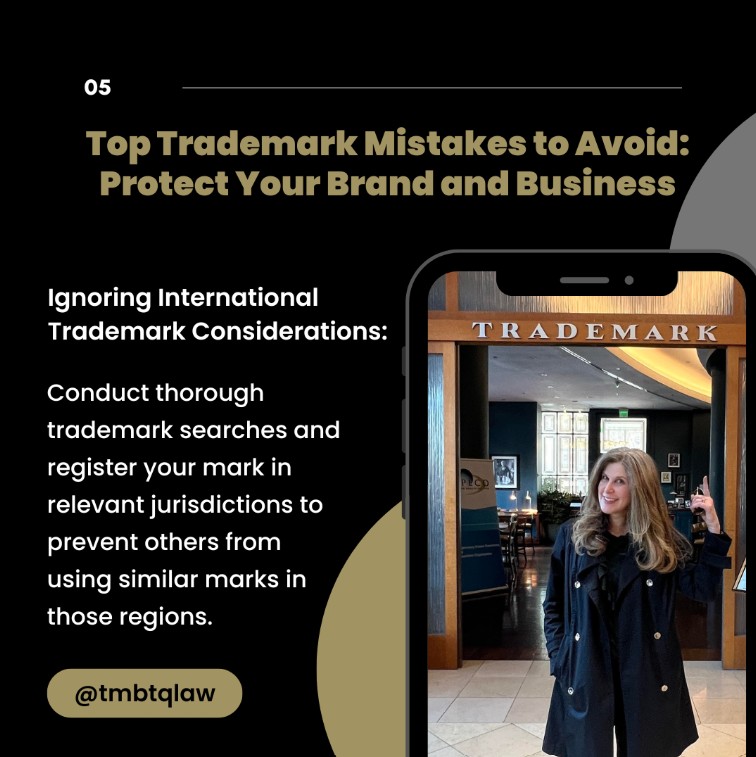Normally, the technicalities of the trademark world do not collide with Hollywood happenings, but celebrity applications for registration have brought trademarks on individual names into the spotlight. Our names define us as unique individuals. Granted, most people don’t have a trademark registration protecting their name, but then again, most of us don’t have hordes of fans camping out at our front doors, or a rumored net worth of one billion dollars. Kylie did it with KYLIE COSMETICS BY KYLIE JENNER (Reg. 5411971). Beyonce’s holding company filed applications to register RUMI CARTER (USPTO Application Serial Nos. 87/506,224 and 87/506,186) and SIR CARTER (87/506,188). Though it may seem bizarre or vain, celebrity trademark applications actually seem to be a proactive attempt to ward off troublemakers. It appears that when Blue Ivy was born, non-relatives attempted to register BLUE IVY CARTER (App. Serial Nos. 85/521,357 and 85/513,502). Apparently, the individuals attempting to profit off of a celebrity’s baby name were not aware of the trademark rules. Both applications by a non-relative received Office Actions requiring the owner to show consent of the individual whose name they were attempting to register. These initial rejections were consistent with Trademark Office rules for registration of an individual’s name. As you can imagine, neither of those applications made their way very far into the trademark system.
If an application is filed with the U.S. Patent and Trademark Office for registration of words that appear to be names of individuals, special rules apply. In general, if an application attempts to register a name, portrait, or signature that could reasonably be perceived as that of a particular living individual, then the applicant must provide the Trademark Office with information regarding whether such name, portrait, and/or signature in fact identifies a particular living person. If it does, the applicant needs to give the PTO both (1) a statement that the name, portrait, and/or signature identifies a living individual whose consent is of record, and (2) a written consent personally signed by the individual named or shown in the mark. Who would imagine that celebrities not only need to deal with paparazzi, but also take protective measures to prevent trademark infringers on their newborn twin’s names?
Common folks who attempt to register their last names for various goods and services often receive a refusal as “primarily merely a surname.” In these instances, various alternatives exist to overcome the rejection. You may submit a response to the Office Action arguing that the name is not primarily merely a surname, attaching evidence to try to convince the examining attorney to reverse the rejection. If your arguments are persuasive, the Examining Attorney will approve your application for the next stage, when it is published for opposition. Another way to overcome the rejection that your mark is merely a surname is to show continuous use in commerce for at least the past five years. In that case, you can add a claim of acquired distinctiveness to your application. Finally, as a last resort, you may amend your trademark application to the Supplemental Register. Then, you can re-apply on the Principal Register after you have gained evidence of acquired distinctiveness of the mark.
Who knew so much was involved in trying to protect a name?! If you are faced with these issues, contact us to talk through the problems and find a solution.
Photo by Austin Kirk on Unsplash



